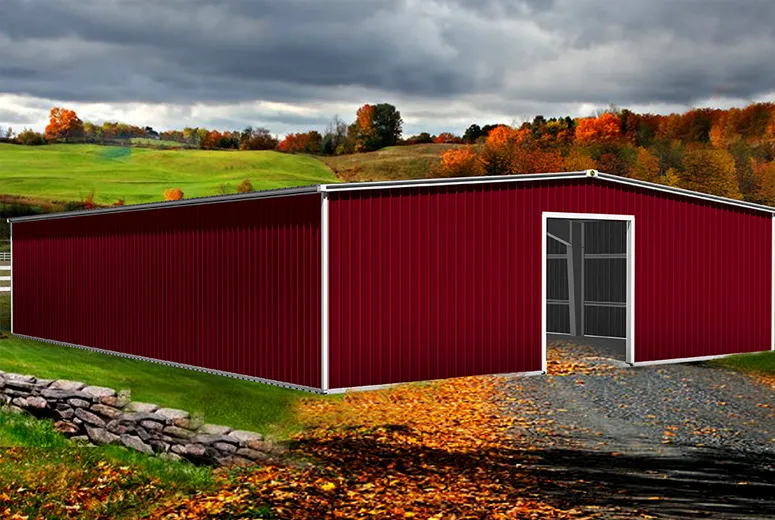- Afrikaans
- Albanian
- Amharic
- Arabic
- Armenian
- Azerbaijani
- Basque
- Belarusian
- Bengali
- Bosnian
- Bulgarian
- Catalan
- Cebuano
- Corsican
- Croatian
- Czech
- Danish
- Dutch
- English
- Esperanto
- Estonian
- Finnish
- French
- Frisian
- Galician
- Georgian
- German
- Greek
- Gujarati
- Haitian Creole
- hausa
- hawaiian
- Hebrew
- Hindi
- Miao
- Hungarian
- Icelandic
- igbo
- Indonesian
- irish
- Italian
- Japanese
- Javanese
- Kannada
- kazakh
- Khmer
- Rwandese
- Korean
- Kurdish
- Kyrgyz
- Lao
- Latin
- Latvian
- Lithuanian
- Luxembourgish
- Macedonian
- Malgashi
- Malay
- Malayalam
- Maltese
- Maori
- Marathi
- Mongolian
- Myanmar
- Nepali
- Norwegian
- Norwegian
- Occitan
- Pashto
- Persian
- Polish
- Portuguese
- Punjabi
- Romanian
- Russian
- Samoan
- Scottish Gaelic
- Serbian
- Sesotho
- Shona
- Sindhi
- Sinhala
- Slovak
- Slovenian
- Somali
- Spanish
- Sundanese
- Swahili
- Swedish
- Tagalog
- Tajik
- Tamil
- Tatar
- Telugu
- Thai
- Turkish
- Turkmen
- Ukrainian
- Urdu
- Uighur
- Uzbek
- Vietnamese
- Welsh
- Bantu
- Yiddish
- Yoruba
- Zulu
Nov . 04, 2024 11:43 Back to list
Steel Design for Roof Slabs A Comprehensive Overview
Steel design plays a pivotal role in modern architecture and construction, particularly when it comes to the design of roof slabs. Understanding the principles and methodologies behind steel design is essential for engineers and architects aiming to create safe, efficient, and sustainable structures. This article delves into the importance of steel design for roof slabs, the factors influencing the design process, and the considerations necessary to ensure structural integrity and functionality.
Importance of Steel in Roof Construction
Steel is a preferred material for constructing roof slabs due to its high strength-to-weight ratio, durability, and versatility. Its ability to withstand heavy loads, resist environmental influences, and accommodate various architectural designs makes it an ideal choice for both commercial and residential buildings. Steel roof slabs can effectively support various roofing materials and systems, ensuring the longevity and stability of the structure.
Factors Influencing Steel Design for Roof Slabs
1. Load Considerations One of the primary factors in designing a roof slab is understanding the loads that the structure will bear. Roofs are subjected to various loads, including dead loads (the weight of the materials used), live loads (weights from occupancy, storage, and equipment), and environmental loads (snow, wind, and seismic activities). Engineers must calculate these loads accurately to ensure the roof's performance and safety.
2. Span and Support Conditions The span of the roof slab is critical to its design. The distance between supports significantly affects the slab's thickness and reinforcement requirements. Longer spans necessitate a deeper slab or additional reinforcement, while shorter spans may allow for more economical and lightweight designs. Understanding support conditions, such as fixed or simply supported edges, also guides the selection of appropriate design methods.
3. Material Selection The type of steel used in the roof slab impacts its overall performance. Different grades and types of steel offer varying properties, such as yield strength, ductility, and resistance to corrosion. Engineers must choose the appropriate material based on the specific environmental conditions and load requirements of the project.
steel design for roof slab

4. Design Codes and Standards Adhering to local and international design codes and standards is essential in steel design. These regulations provide guidelines on material properties, structural integrity, and safety requirements, ensuring that the roof slab is designed to withstand the anticipated loads and conditions.
Design Approach
The design of steel roof slabs typically follows two main approaches traditional and advanced methods. Traditional methods involve hand calculations based on established design codes, while advanced methods incorporate computer-aided design (CAD) software and finite element analysis (FEA) for more complex geometries and load conditions.
1. Traditional Design Methods This approach relies on established formulas and empirical data to calculate the required dimensions and reinforcement of the slab. Engineers consider factors such as moment calculations, shear forces, and deflection limits to ensure the slab performs adequately under expected loads.
2. Advanced Analysis Techniques With the advent of technology, advanced analysis techniques have gained popularity. Utilizing CAD software, engineers can create detailed models of the roof slab, allowing them to simulate various load conditions and assess the structural behavior under complex scenarios. FEA, in particular, helps in identifying stress concentrations and potential failure points in the design.
Conclusion
Steel design for roof slabs is a critical element in modern construction, necessitating a deep understanding of various factors that influence structural integrity. From load considerations to material selection and adherence to design codes, engineers must approach the design process methodically. Incorporating both traditional and advanced analysis techniques provides a comprehensive framework for ensuring that roof slabs are not only functional but also safe and sustainable. As the demand for innovative building solutions continues to rise, mastering the art of steel design will remain essential for engineers and architects alike. By leveraging the strengths of steel, the construction industry can create resilient structures that stand the test of time while meeting the needs of society.
-
How Do Prefabricated Steel Structures Transform Modern Construction?
NewsJul.14,2025
-
How Do Prefabricated Metal Buildings Redefine Modern Construction?
NewsJul.14,2025
-
How Do Prefab Insulated Metal Buildings and Steel Structures Revolutionize Modern Construction?
NewsJul.14,2025
-
How Do Pre - Engineered Steel Structures Redefine Modern Construction?
NewsJul.14,2025
-
Advancing Modular Construction with Prefabricated Metal Structures
NewsJul.14,2025
-
Advancing Industrial Infrastructure with Prefabricated Steel Solutions
NewsJul.14,2025
Products categories
Our Latest News
We have a professional design team and an excellent production and construction team.












